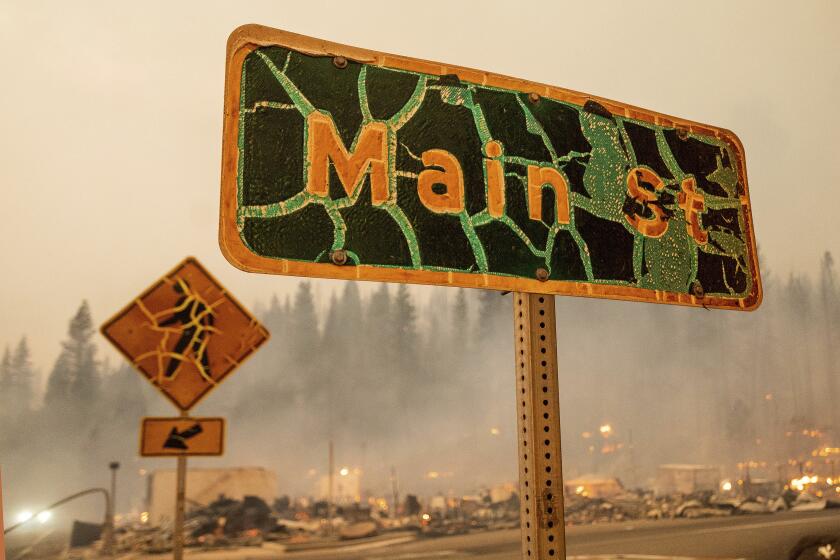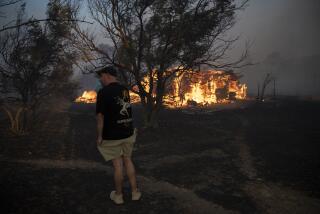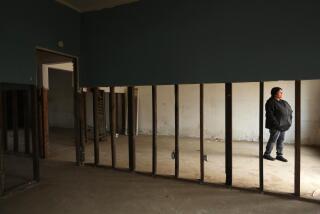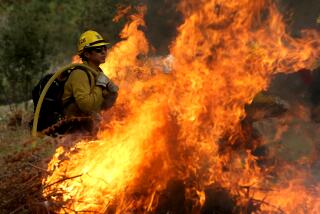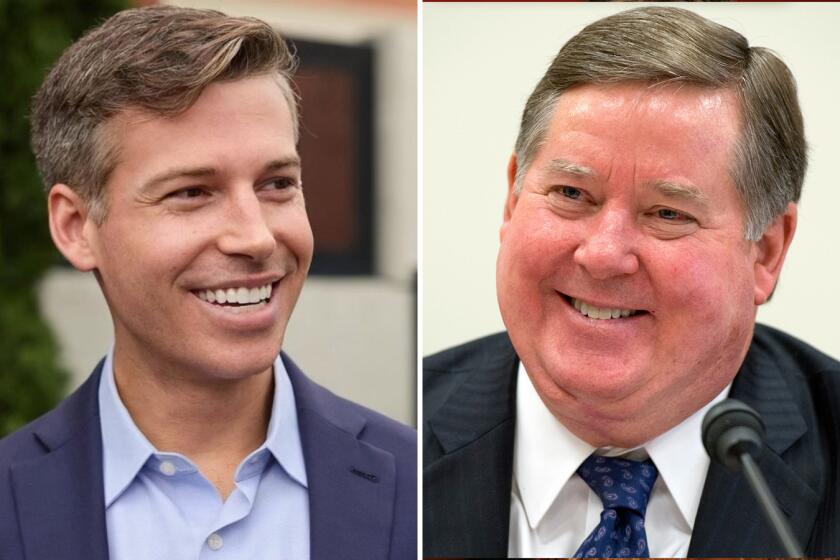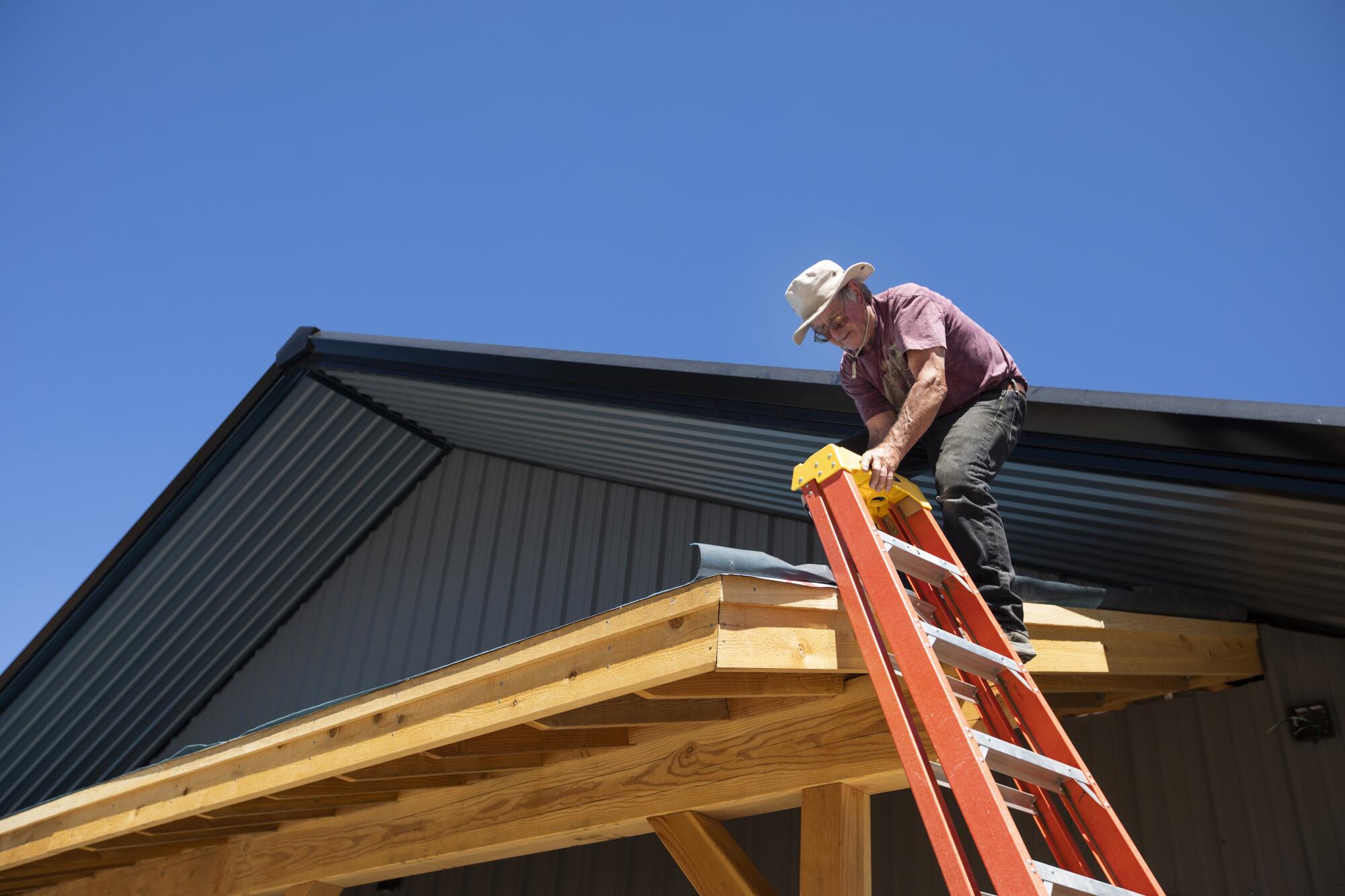
GREENVILLE, Calif. — Looking back, Bradley Bentz doesn’t know what took him so long to move out of Los Angeles County.
For decades, he’d lived a short walk from the Santa Anita Park racetrack in Arcadia and a few minutes’ drive to the Rose Bowl in Pasadena. It was the typical city life.
“The cars and the smog. The noise. The lights that you can’t even tell when it’s dark,” Bentz said, shaking his head as if waking up from a nightmare. “I just couldn’t do it.”
So he headed to the sparsely populated mountains of Plumas County. He joined the U.S. Forest Service, started a family and eventually settled down just outside of Greenville, becoming the second-generation owner of his father-in-law’s business, Riley’s Jerky.
“I kind of just...,” Bentz said, searching for the right words to sum up his life, “fell in love.”
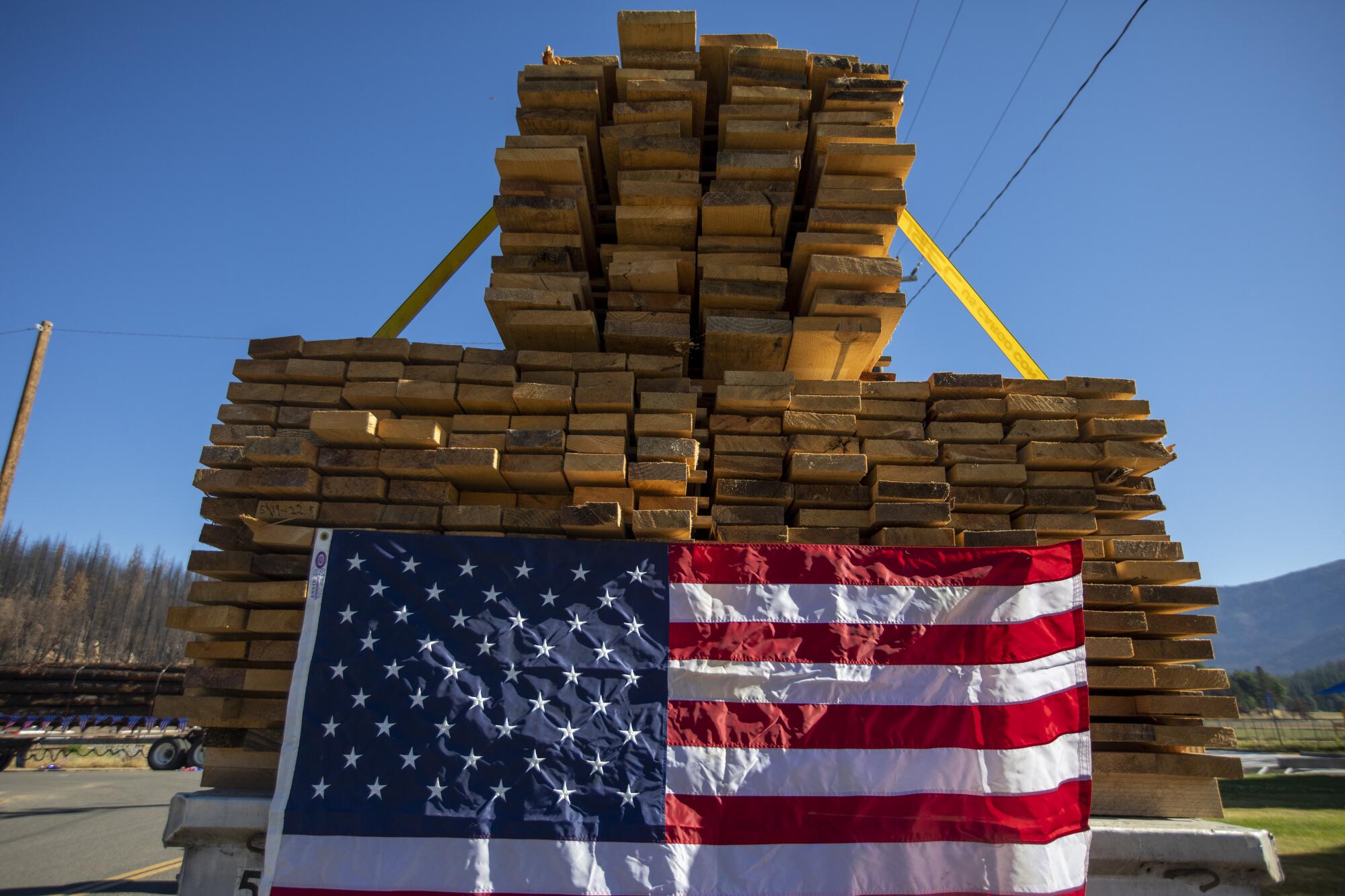
Even though it’s extraordinarily beautiful, with thick forests and pristine rivers, rural Northern California isn’t for everyone — nor should it be.
This is the part of the state where climate change has become a full-fledged existential threat. Sure, Southern California is prone to its fair share of disasters, but it is in Northern California where catastrophic wildfires aren’t just likely but are certain to destroy remote small towns for decades to come.
Greenville, which burned down in last year’s Dixie fire, should serve as a potent reminder of this risk. But maddeningly, the people who love living in these rural wildlands don’t see it that way. Instead, they look at it as just one more challenge to overcome, like spotty cellphone service and far-off grocery stores and hospitals.
It’s a belief so widespread, so divorced from the terrifying reality of climate change, that the rest of us in California can’t keep ignoring it. Doing so is simply costing too many lives and too much money, and wasting too much time. Soon, living in rural Northern California won’t be as safe, as sustainable or even as beautiful as it once was. The Dixie fire was just the beginning.
“I really think it would take a disaster to scare people away,” said Kaley Bentz, Bradley’s son and the third-generation owner of Riley’s Jerky. “And that was not the disaster.”
As he spoke, standing outside the new headquarters of his business, built about a mile from where the last one burned down, smoke from yet another wildfire wafted above the charred remains of Greenville.
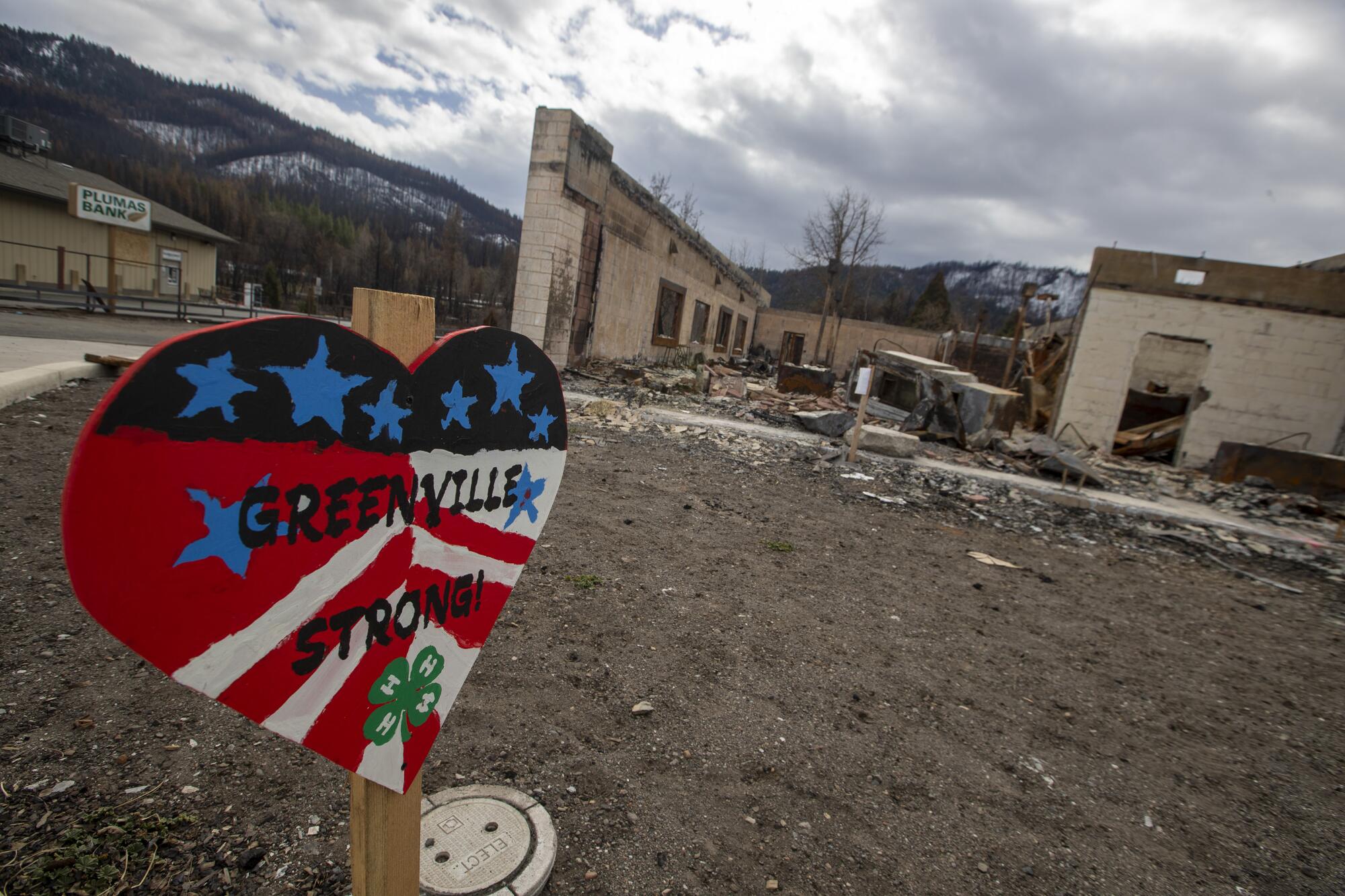
No one died in the Dixie fire, but as disasters go, it wasn’t minor.
Whipped up by extremely hot, dry and windy conditions, the wildfire has the gruesome distinction of being the second-largest in California’s history and the first to burn clear across the Sierra Nevada.

In a not-so-distant future ravaged by climate change, many of Northern California’s rural towns wiped out by wildfires might not get rebuilt at all.
It started in July of last year, when a tree fell onto a Pacific Gas & Electric distribution line. An armada of firefighters took until October to fully contain it. In the intervening months, the flames chewed through close to 1 million acres across five counties, invading forests that hadn’t seen fire in ages as well as crossing the footprints of other recent wildfires.
Why the Dixie fire was able to enter Greenville at all, tucked away in the Indian Valley about 100 miles northwest of Lake Tahoe, has become the stuff of conspiracy theories. But what it left behind is undisputed fact.
Streets of empty lots where homes and businesses once stood. A nonfunctioning sewer system. Soil so contaminated that millions of dollars in environmental restoration will be needed. Stumps where trees once provided shade from the sun.
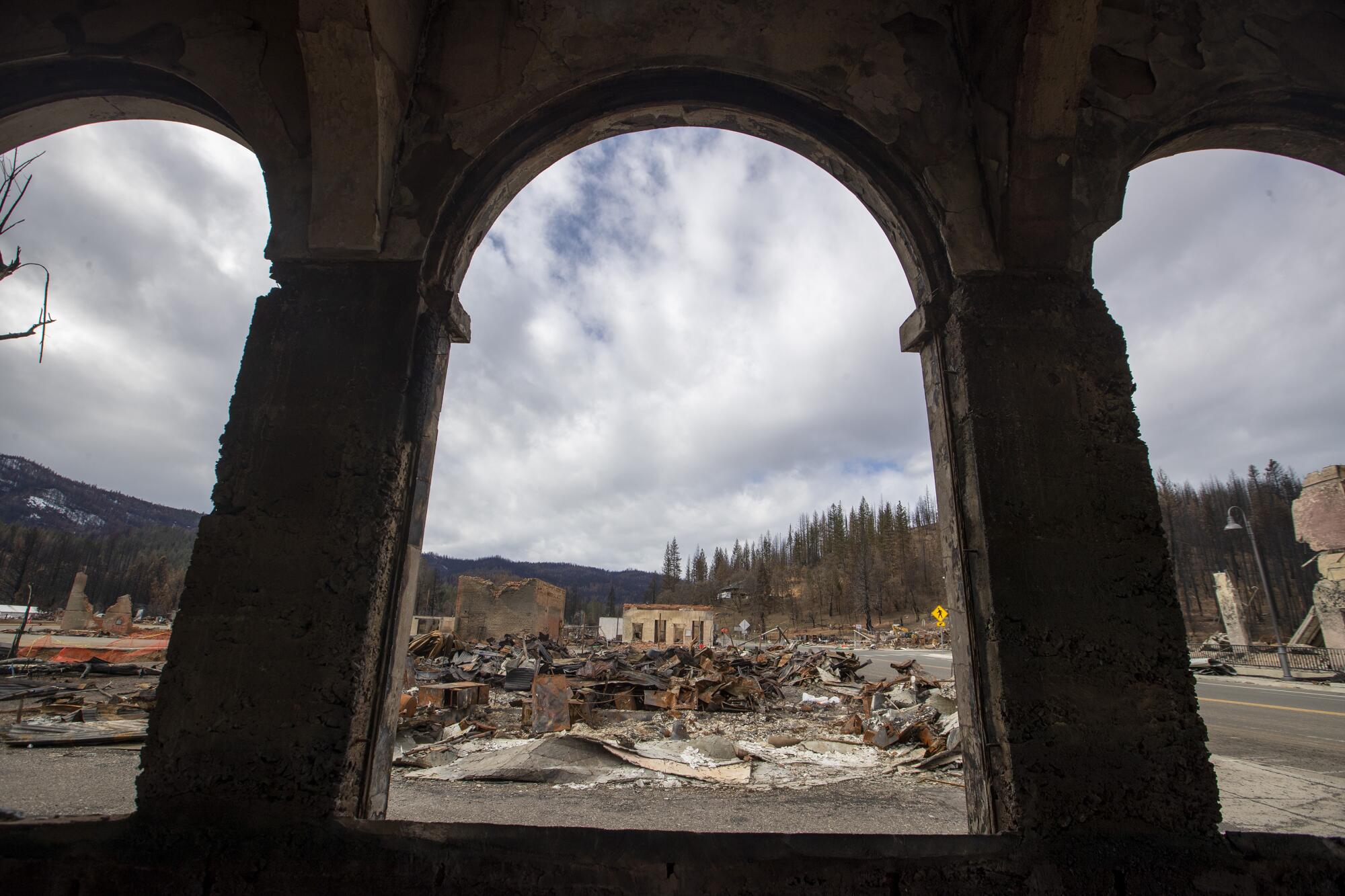
Much of what lies ahead for Greenville is also fact — though many residents would dispute that.
The climate will continue to get hotter and drier. Rain and snow, once a common occurrence, will become exceedingly rare. Perhaps most troubling is that wildfires will become more frequent and more intense, transforming the very ecology of the northern Sierra Nevada.
Forests that haven’t burned in decades are now very likely to burn multiple times in one decade, climate scientists say. And once they do, they are unlikely to come back as trees, but as a mix of brush and shrubs.
“No one should be deluded into thinking that having shrubs is going to be less fire risk because they burn like crazy, really hot and fast,” said Jonathan Kusel, founder and executive director of the nonprofit Sierra Institute for Community and Environment.
Meanwhile, it will become far more difficult to build homes and businesses that are resistant to flames. That’s because an increasing number of wildfires raging through Northern California will be severe, rather than low- or medium-intensity.
“There is sort of an engineering limit to how much fire resiliency you can build into a structure, unless you literally make them concrete, metal boxes,” said Daniel Swain, a climate scientist at UCLA.
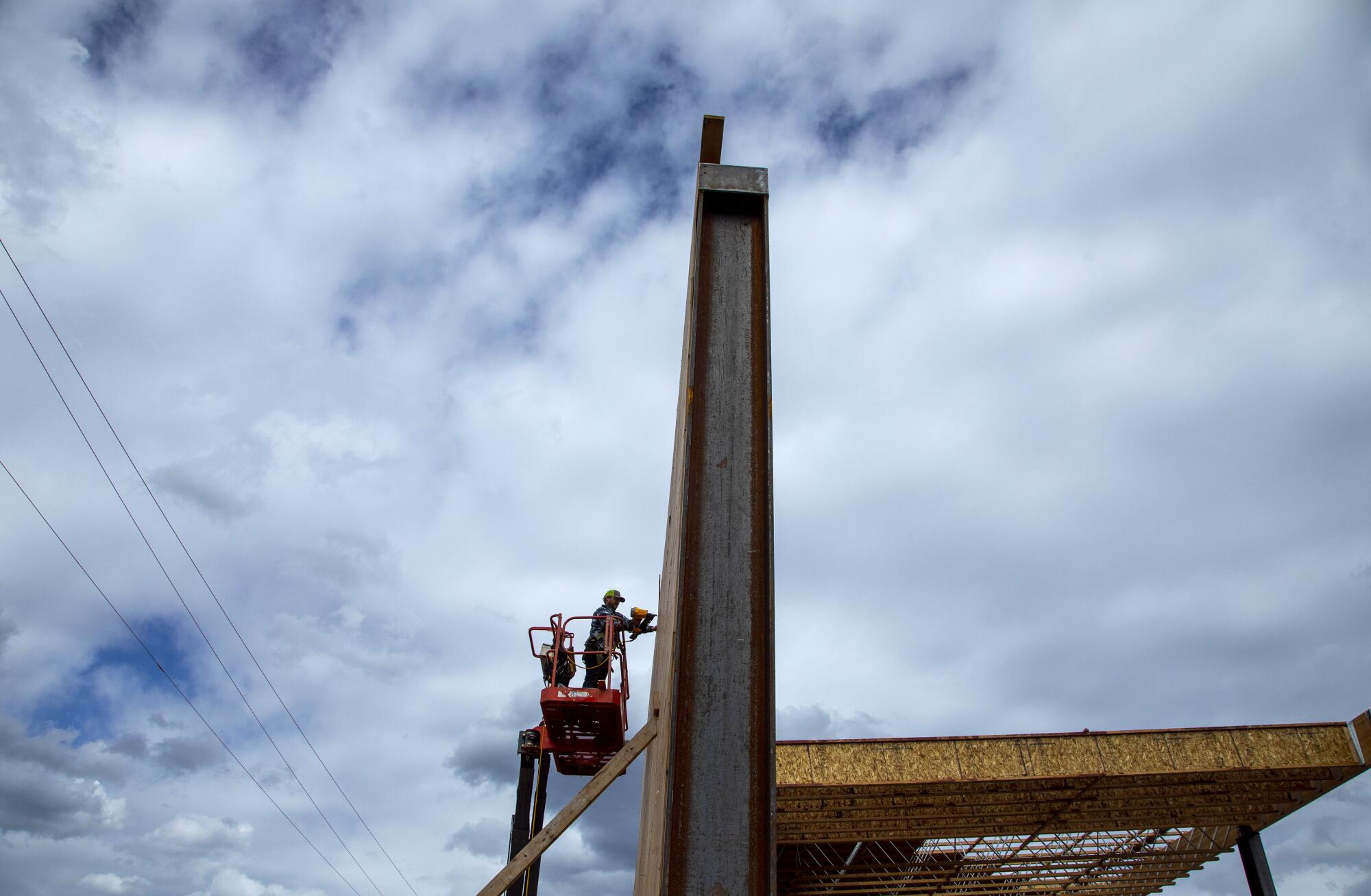
All of this heightens the risk for residents — particularly elderly people in rural communities where homes are more spread out and emergency alerts might not get through. Since 2000, California has recorded 11 of its 20 deadliest wildfires. This is the new shared struggle for survival.
Even the Pacific Crest Trail, which runs near Greenville and brings in tourists, will be hit with “exceedingly common” triple-digit temperatures, putting hikers at increased risk of heatstroke. The streams they rely on for drinking water also are likely to dry up.
What’s happening in Northern California is twofold: First, human-caused climate change is exacerbating the heat and drought of aridification. Second, decades of fire suppression have allowed forests and wildlands to grow thick with vegetation, priming them to burn hot and fast.
California needs a plan for how and where we will live in the future.
There’s some debate over which one is more to blame for these massive wildfires. But Andrew Ayres, an environmental economist and research fellow at the Public Policy Institute of California, says they both are.
And yet those who live in Northern California tend to focus almost exclusively on the overgrown vegetation as the cause, faulting the California Department of Forestry and Fire Protection and the U.S. Forest Service for not doing more to reduce the risk.
“We’re in the middle of a national forest,” said Bret Cook, a lawyer who lost his home in the Dixie fire and represents many homeowners in their lawsuit against PG&E. “The federal government needs to be more aggressive.”
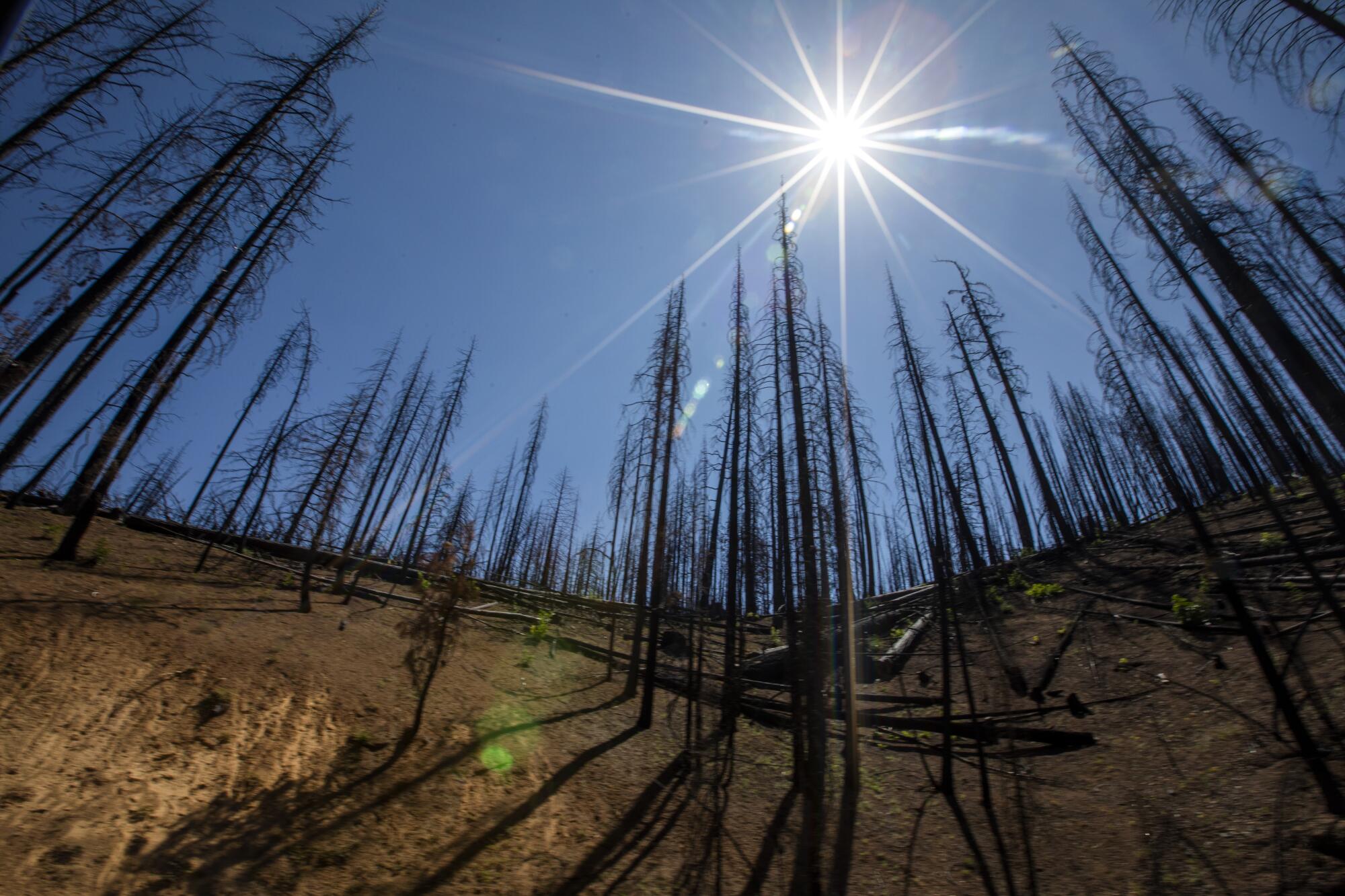
Or as Kim Greene, the mayor of Weed, lamented during the first of two major wildfires to hit Siskiyou County this year: “You can log it, you can graze it, or you can burn it down. The state of California chooses to burn it down.”
Often this line of thinking veers into grievance politics, insisting that catastrophic conflagrations wouldn’t be happening if left-leaning, big-city environmentalists hadn’t killed the logging industry in their right-leaning rural small towns. From there, the victimhood can morph into extremism, isolationism and paranoia.
Of course, the truth is a lot more complicated, given that forest mismanagement started with industrial logging of big — more resilient — trees from our forests. But these residents do have a point.
Hundreds of millions of dollars have been allocated for prescribed burns and mechanical thinning projects. And yet the treatment work is still being done far too slowly — an average of three to five years from conception to implementation. In some cases, it can take as many as seven years.
“The pace at which those things are rolling out is not consistent with the scale of the problem,” Ayres said.
Lawsuits from misguided environmental groups and regulatory restrictions haven’t helped.
Ideally, the state and federal governments would act with urgency to reduce the risk of more homes and businesses going up in smoke. But, realistically, that probably won’t happen. At least not in time to beat the ever-accelerating clock of climate change.
Two years ago, Cal Fire and the U.S. Forest Service vowed to burn or thin 1 million acres of forestland annually by 2025, but the agencies are behind. Meanwhile, the Dixie fire burned 1 million acres.
Towns that wildfires destroy will probably get destroyed again before residents have a chance to rebuild them. Many who have left Greenville, for example, have moved to neighboring Quincy — and everyone seems to agree that it will burn next. Surrounded by a dense forest, it is hard to disagree.
“I don’t think anybody necessarily wants to be an arbiter of who can and can’t live where,” UCLA’s Swain said. “But the reality — the physical reality — is that we’re going to keep seeing more intense wildfires. And they’re going to occur in somewhat predictable places, which includes a lot of the places that have seen the extreme fires.”
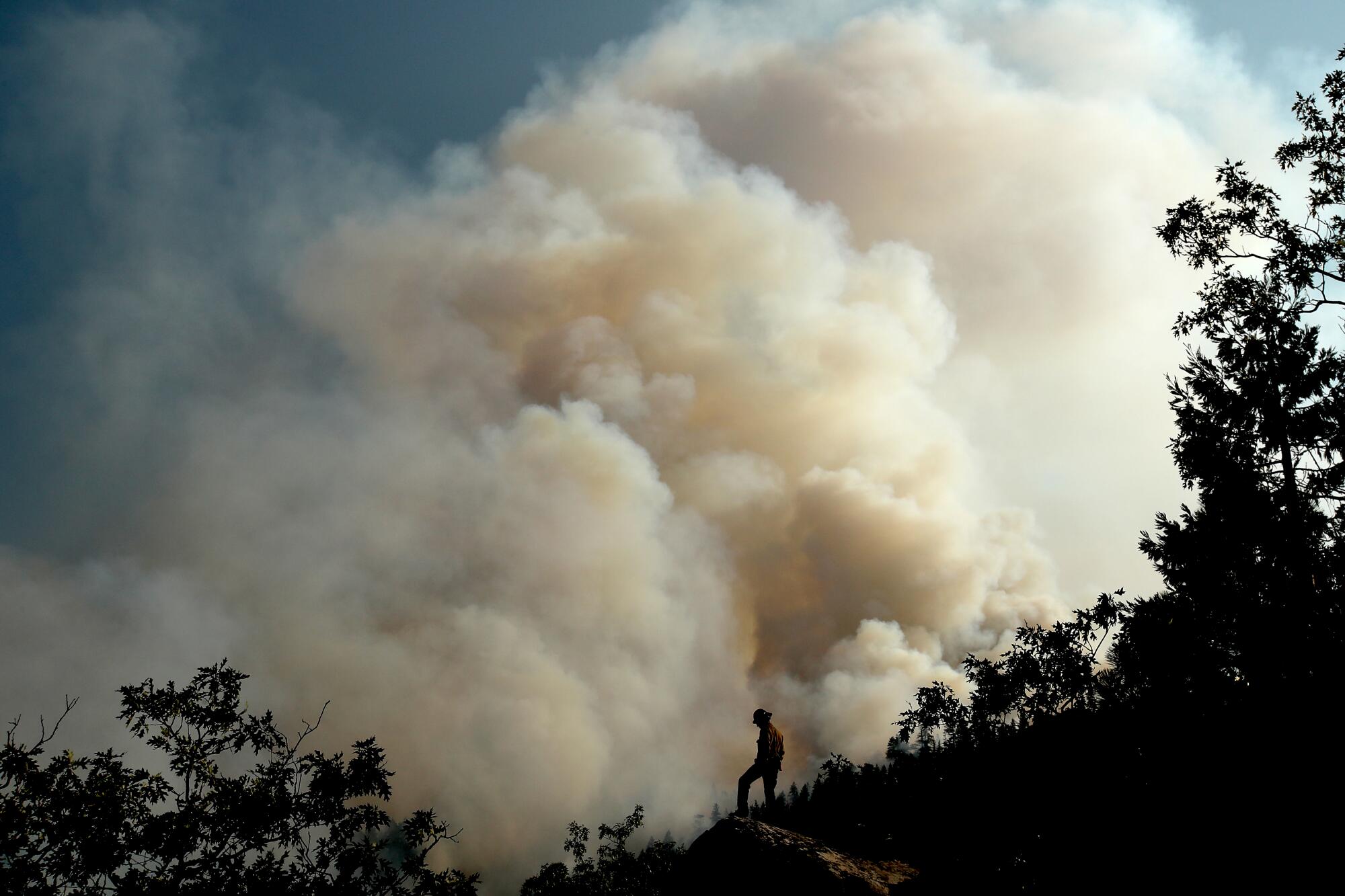
Shelby Leung, a firefighter in Greenville, grew up hearing his elders talk about a time when giant pyrocumulus clouds weren’t the norm in Northern California. When his Indigenous tribe, the Maidu, managed the land more sustainably.
“They would just burn every season — every fall and in the springtime,” he said. “And a lot of it was, like, patchwork where they would burn around their homes. It was just clearing that made it safer.”
Leung is convinced it’s possible to do that again. Count him among those with a deep connection to the land who have chosen to stay in Greenville. But there are others, many of them Maidu, who couldn’t afford to leave if they wanted to.
Even before the Dixie fire, the town’s poverty rate was more than double that of California. Many who lost everything to the flames didn’t have insurance. Some ended up living in RVs. Others of more means were able to buy or rent homes in other parts of Plumas County.
But now housing prices are higher than ever because demand has outstripped supply — a twist on the affordable housing shortage that has long plagued Los Angeles, even without wildfires.
The situation in Greenville, which has already played out in other scorched towns across Northern California, raises important questions that few in government seem willing to answer.
Are taxpayers who live in lower-risk cities willing to subsidize people who live in higher-risk rural towns, even if those people don’t have the means to live somewhere safer? And which is the fairest, most equitable use of public resources?
“People are OK basically gambling and not taking insurance,” said Solomon Hsiang, the chancellor’s professor of public policy at UC Berkeley and a co-director of the Climate Impact Lab. “And then when disaster hits, they’re stuck with it — or taxpayers are stuck with the bill if they’re receiving relief.”
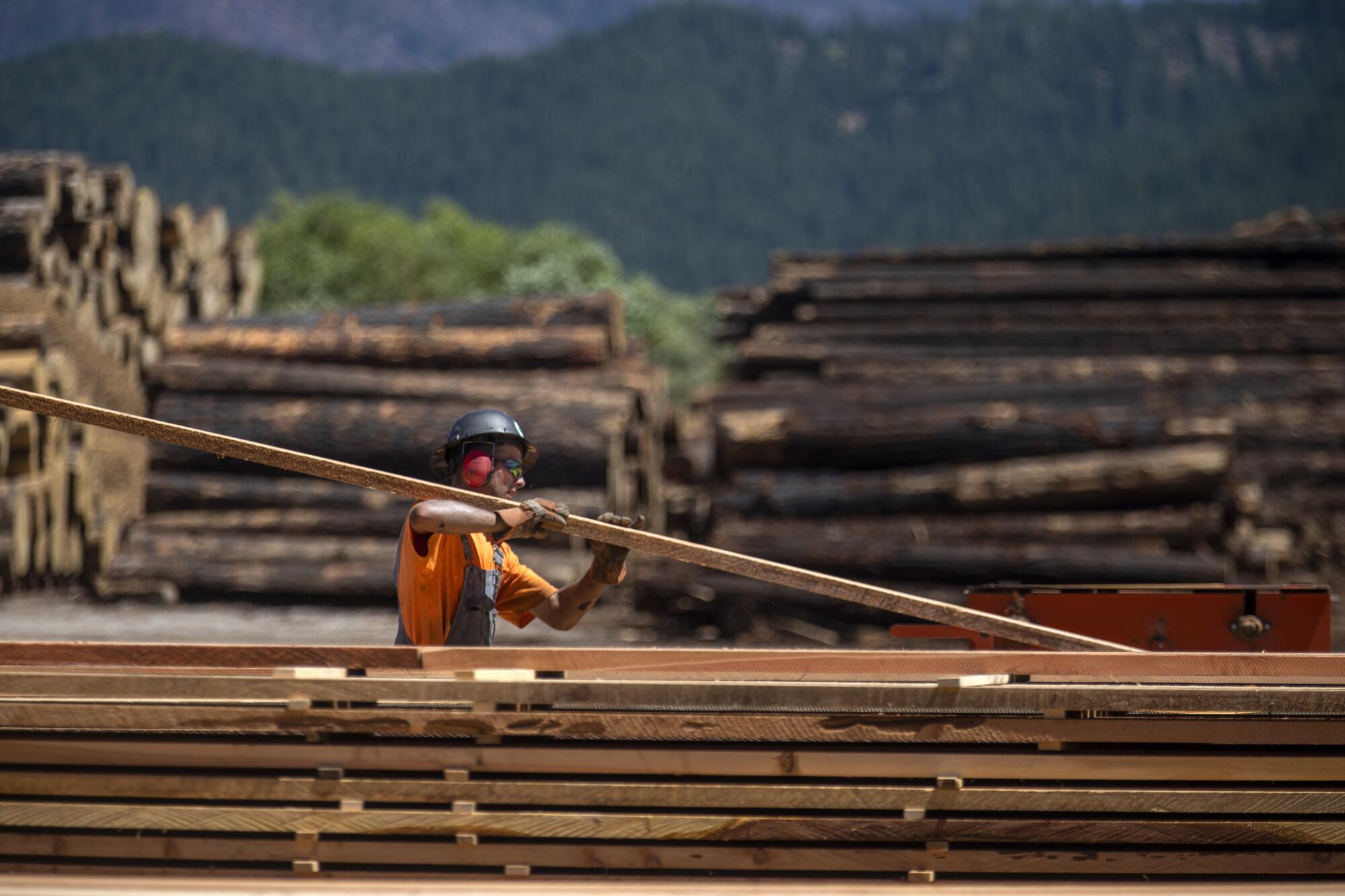
Then there’s the cost of infrastructure upgrades, such as undergrounding power lines, and of doing enough prescribed burns and thinning to allow people to live more sustainably in far-flung towns like Greenville. Depending on how dire climate change turns out to be, Ayres warned that more forest management might not even make a difference in reducing fire risk.
“It’s going to be expensive,” he said. “And there’s a question around who’s going to pay for that and whether, ultimately, it’ll be worth it.”
Even the human cost could be high. Firefighters are being asked to save people and property from wildfires that grow more extreme with each passing year.
“If you build a home off the grid, somewhere far away, people like to be self-sustaining,” Hsiang said. “But then if there’s a fire coming and Cal Fire comes to rescue you with a helicopter, who pays for that?”
At some point, Californians must decide: Are we willing to pay more to maintain the status quo and rebuild every small rural town that burns down? Or do we want those who live there to pay more or even retreat to safer places?
The answers to these questions will be revealing, particularly in terms of the hypocrisy.
Because for all of the anti-government, Trumpian rhetoric in Northern California, with residents vowing to break away to form a right-wing “state of Jefferson,” most of their towns wouldn’t exist without massive public investment from liberal cities. And yet, if these same residents are forced to take on more financial responsibility for the risk of rural living, there will almost certainly be pushback.
As Hsiang summed up: “If we do start changing policies, there will be winners and losers.”
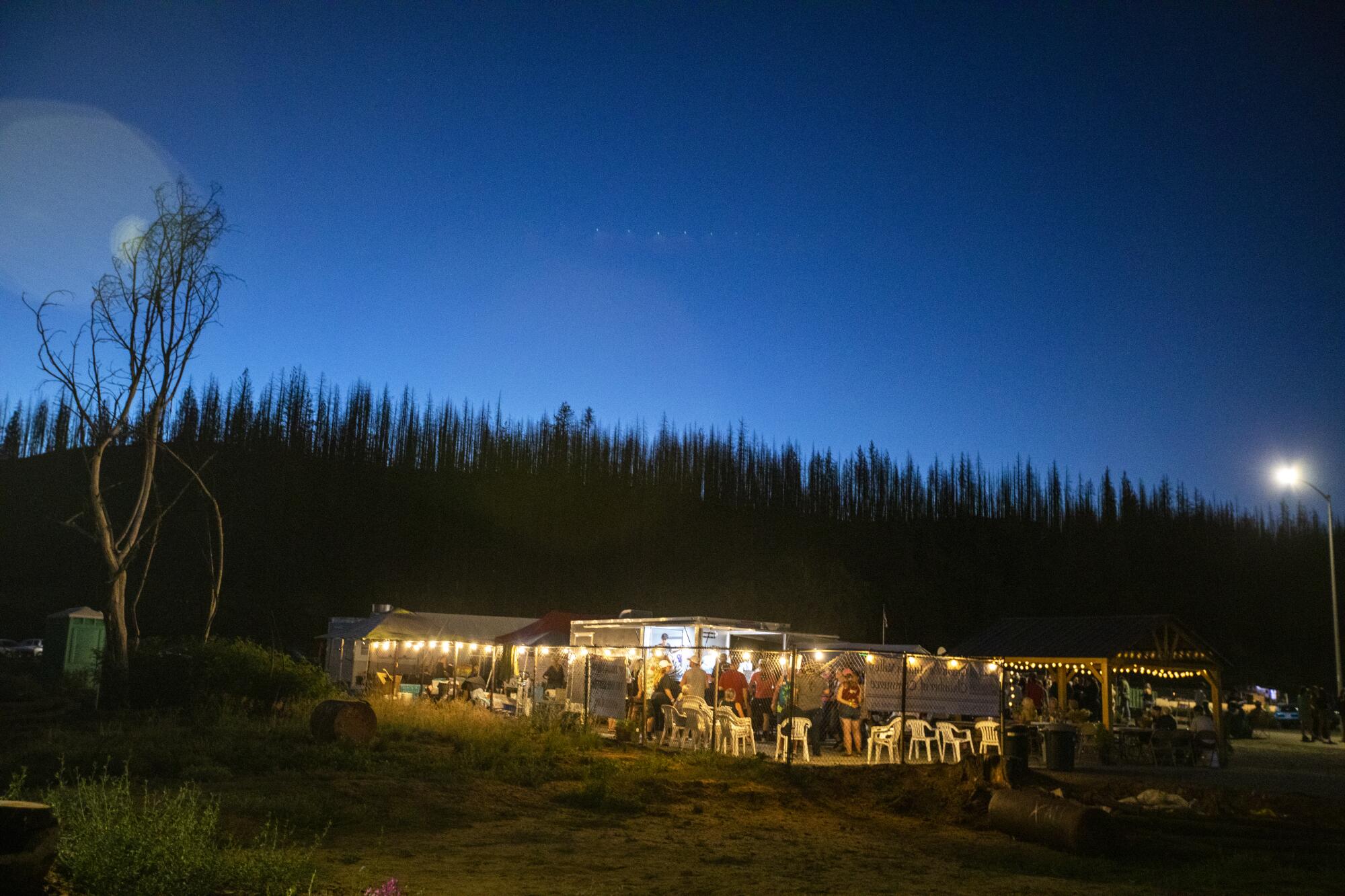
No matter what many in rural communities want to believe, this is our terrifying reality. Climate change has delivered it, much more quickly than many of us thought.
In Greenville, at least, some residents have been mulling over the meaning of it all. Bentz, for one, is uneasy about the future. He has children and grandchildren in Plumas County, but admits he’d worry if he was a new parent.
“It’s just so much hotter and drier than it used to be,” he said, watching his son, Kaley, show a contractor around the new Riley’s Jerky. “I’m seeing differences with the animals and the plants. The birds and the butterflies aren’t there like they used to be. Everything is kind of stressed out, including the people.”
More to Read
Sign up for Essential California
The most important California stories and recommendations in your inbox every morning.
You may occasionally receive promotional content from the Los Angeles Times.
